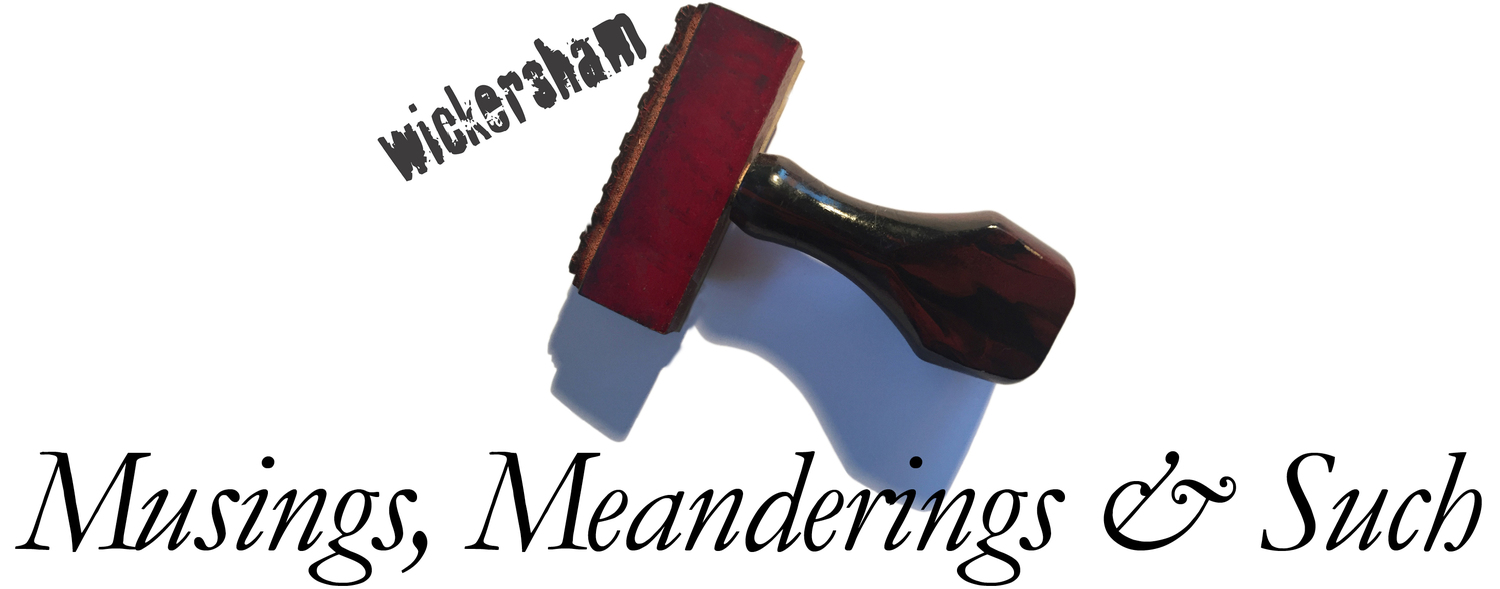What's Old Is New... Again
I find this just a little mystifying. I read a LinkedIn post today about “an exciting new form of marketing called “engagement”. And that this new form of marketing relied on this new idea of “story telling”.
I guess I missed the announcement, but when did all this become new again? Call me crazy, but as long as I’ve been in the business, all communications were created to engage their audience. Sure, in the days before digital, there were different tools and different canvases. Take print for example. While it may feel confining compared to the interactive channels available today, good print always tells a story. With the power to engage deeply. The single page trim of 8×10.5 demanded the story be told within that confined space, no sharing, no landing page to go to. It had to tell its story with the succinct eloquence required of the medium. When a headline and visual came together as to be one, it transcended being an ad and became a concept, yes, a story.
And the TV spot? The medium is alive and well albeit with a myriad of new distribution possibilities. Its objective was always to tell a story and engage. The constraint was 30 or 60 seconds. Plenty of time. Now we can tell a longer story and share it for the world to see. Okay, that is new. Sharing dictates that our stories better be worthy. Video is shared on a massive scale. Over 700 YouTube videos are shared each minute on Twitter. With the rise of the app Vine, stories are now being told in 6 seconds. We can extend stories through a trans-media-approach. We can invite user involvement, or change the ending. We can be social on a global level. Great spots engage, regardless of length and where we view them. Always have. There are new technologies and new tools on new devices, but little else has changed. Great creative always engages the viewer in a story.
The protagonist for the reemergence of this “new form’ of marketing called engagement and storytelling may well be data. We have new analytics to measure engagement, this audience and brand exchange., This makes engagement somehow new? Ah… no. This influx of data seems to also have sparked a renewed conversation about knowing your audience. Again, almost like this is a new idea. Certainly, the digital and social world has resulted in a data explosion and a myriad of new ways to understand people, their preferences, and behavior. And to quantify engagement. Yes, this is new, but when was deeply understanding your audience not a priority of any smart marketing, in any era?
Let’s be real. This new fangled thing they call “engagement” and the newly discovered importance of “storytelling” is sterling example of history repeating itself. A retelling of the tried and true cloaked in new technology. Compel and engage the audience. Be different. Get some love, and love them back. Build lifetime value. Steal their hearts, then lock up their minds. Do this with excellent experiences, whether producing a superior product, navigating a website, or calling customer service. Build a relationship with them. Inspire them to loyalty, to the product and the experience. Make them advocates. Hey, it all sounds so familiar. But not new.
Okay, so I’m stating the obvious, but it’s important to keep it all in perspective. Good marketing is good marketing. Always was and always will be. Yes, we can marvel at the marketing toolbox of the twenty-first century. We now have amazing new ways to increase engagement, incredible ways to tell stories, and staggeringly rich data to better know our constituents. But the truth is, these are only new ways to do what we have always done.

